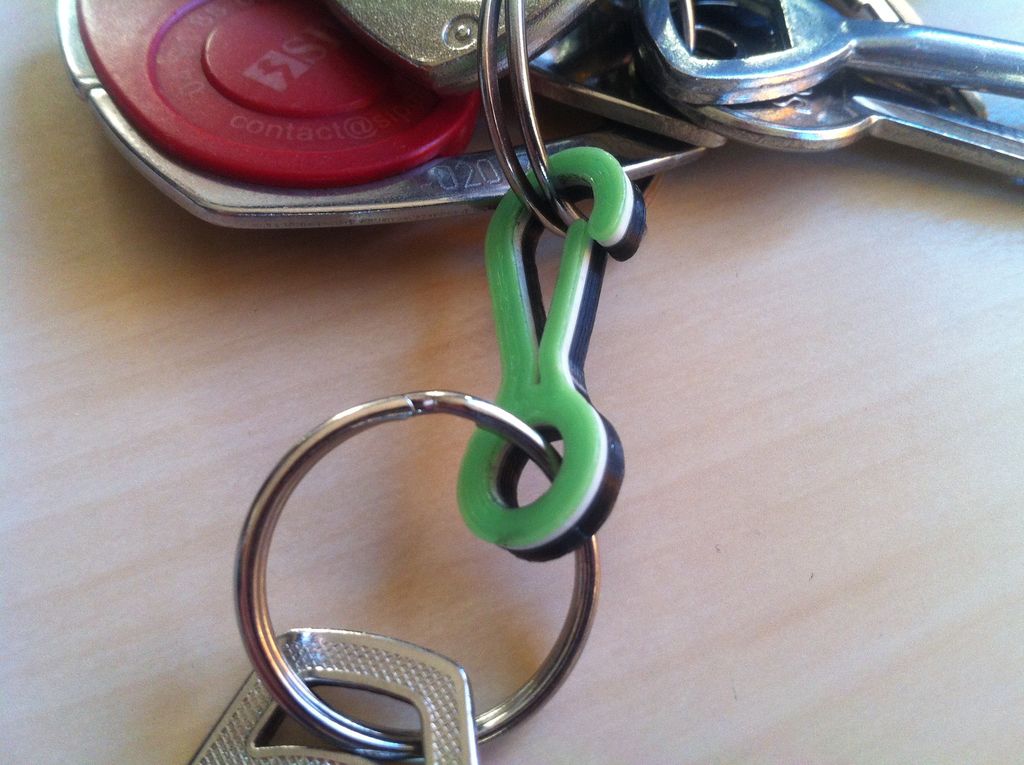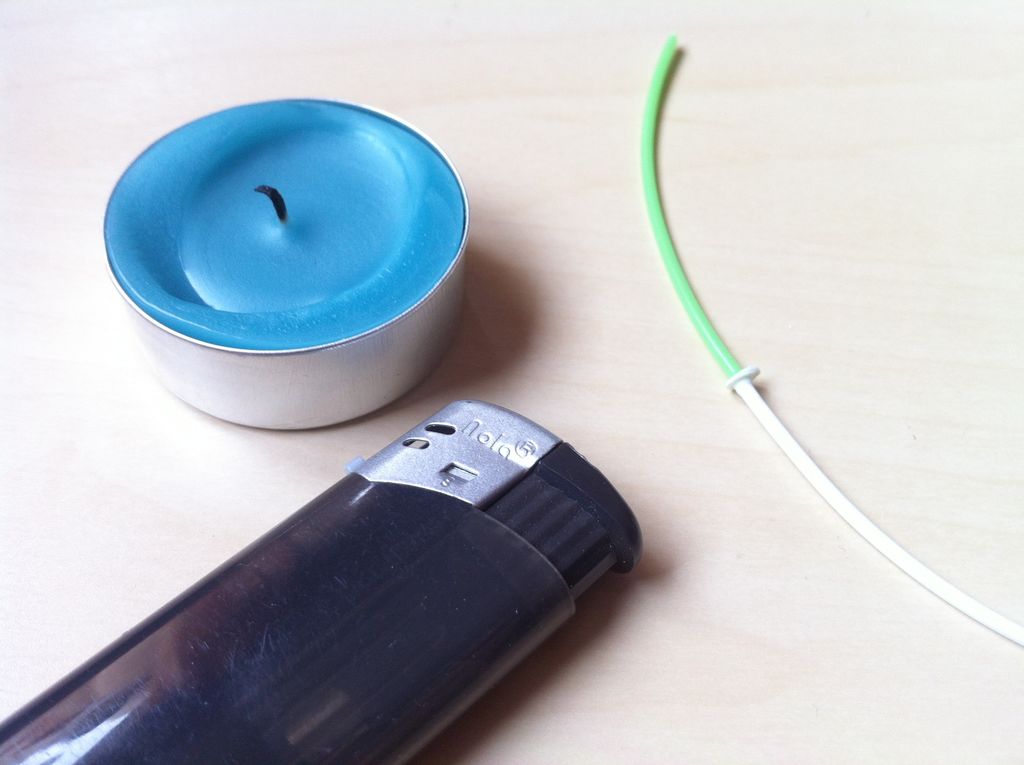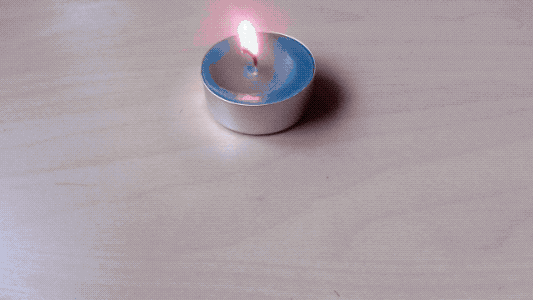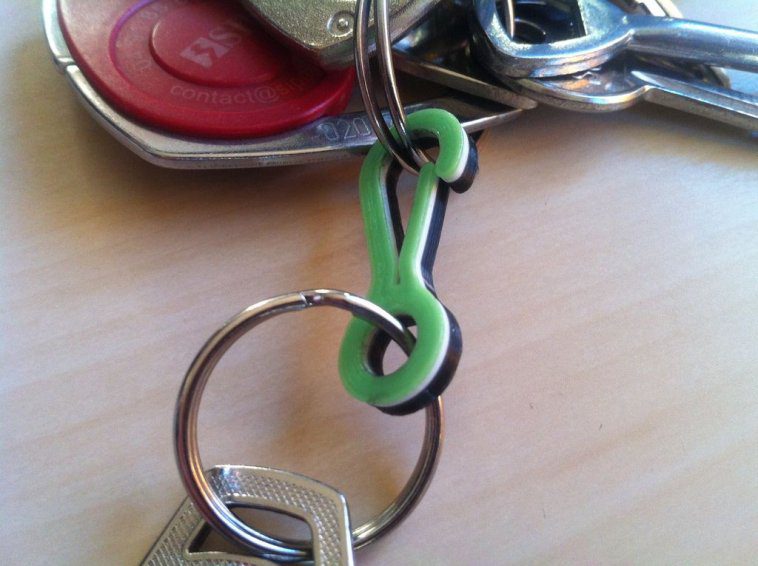No dual extrusion? No problem! This week’s Project of the Week shows us how to fuse different filaments together and create your own multicolor objects with a single extrusion 3D printer.
Thanks to recent advancements in dual extrusion FDM 3D printing, makers can now create vibrant objects in multiple colors. Unfortunately, only a select few desktop 3D printers offer multi-material capabilities, and these machines tend to be on the pricier side of the consumer market.
But that doesn’t mean you can’t produce vivid objects with your single extruder 3D printer. In fact, there are a number of DIY method that will enable you to create multi-colored objects on any FDM 3D printer.
We recently came across a project on Instructables that shows a new technique that fuses different filaments together. Posted by Matlek, the post makes mention to various DIY methods used to create multicolor filament, and then breaks down the maker’s simple, yet stunning filament fusion process.
Let’s take a quick look at this multicolor fused filament project!

Fused Multicolor Filament: What do you Need?
Do you want to create your own multicolor filament? With this unique process, you only need a few select materials. Thankfully, all of the tools are easily obtainable, and there’s a good chance you already have them at home. Obviously, you’ll need a few different strands of filament to fuse together, as well as a 3D printer to extrude your Frankenstein filament.
Here’s the rest of the required materials:

Fused Multicolor Filament: Putting it all Together
First, you’ll want to take the two tips of your filament and place them over the candle flame. Using the heat source, firmly press the two tips together to fuse them for up to 30 seconds until you feel they are properly aligned.

Once the two different filaments are fused together, there will be a small disc of plastic where the two tips met in a trial by fire. This is when you’ll take your plier cutters to remove this burnt ring, which will prepare you for the following step: smoothing out your newly fused filament.
To perform advanced smoothing on the fused filament, you’ll take the file and sand the area where the two materials were merged, smoothing them as much as possible. This is the most important step, as a poorly smoothed filament strand could end up clogging your 3D printer’s hotend.

This is why it’s handy to test the fused filament with the heat break, which will allow you to simulate whether or not the filament will extrude smoothly out of your 3D printer.
As you might have guessed, you should be using two filaments that have a similar extrusion temperature. Although it will be tough to plan out which part of the model gets what color, a little experimentation can go a long way!
At the very least, this is a fun and easy project that could turn your single-extrusion 3D printer into multicolor machine. Check out the full instructions on Instructables.
Website: LINK


